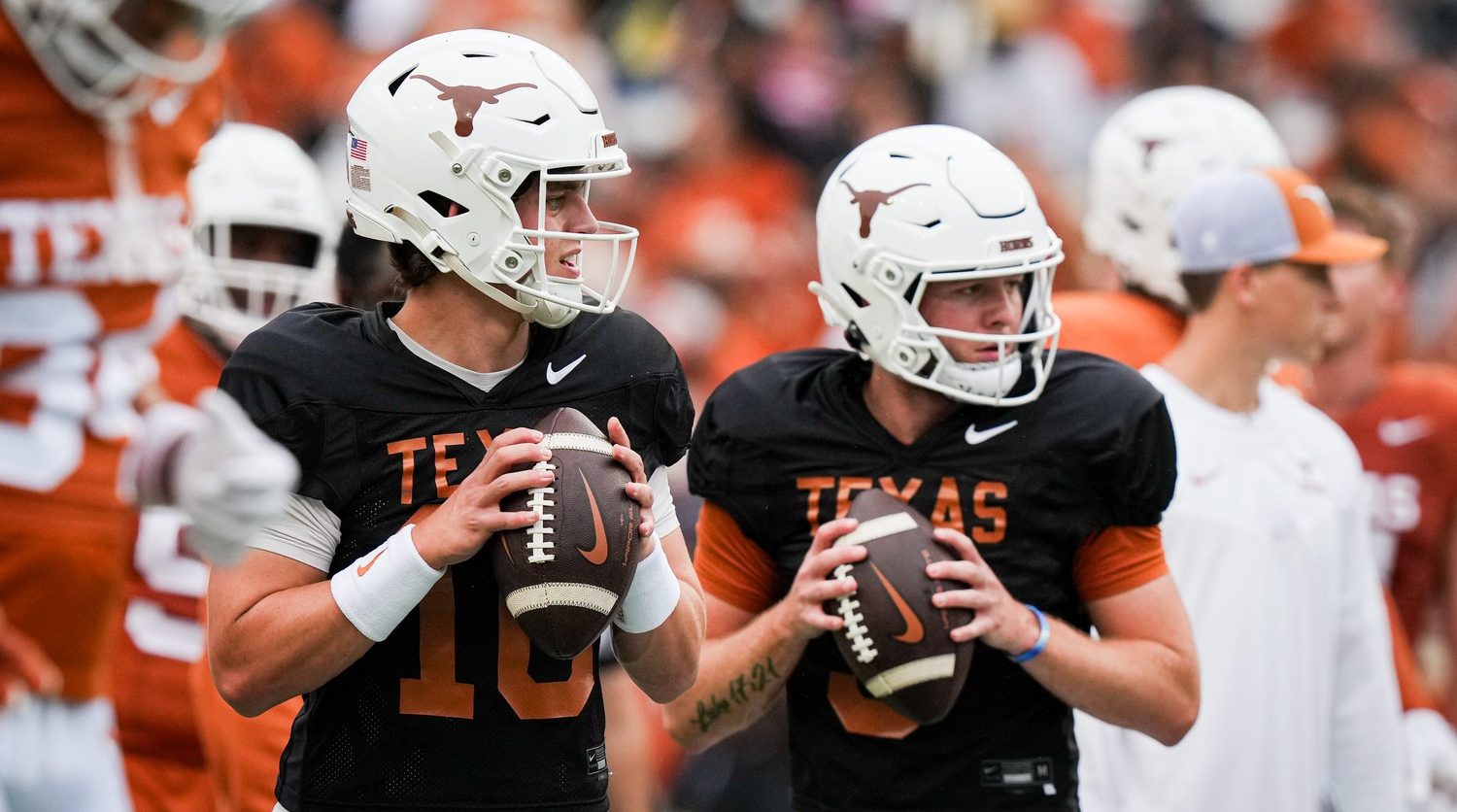Michigan’s athletics department has spared no expense to improve its programs in recent years, most notably the football program. From paying top dollar to hire Jim Harbaugh and paying big money to assistants and going all out with spring trips for the entire program to Florida last year and Italy this year, the escalating costs of running the program have contributed to a massive debt.
According to Crain’s Detroit Business, Michigan’s athletic department is $240 million in debt. It is one of the largest debt totals among major college athletic departments, but the concern level in Ann Arbor is not particularly high because the program has a wide-spanning alumni base and has a solid donation history to rely on. Among the many projects accounting for the $240 million in debt are the recent renovations to Michigan Stadium (accounting for $129 million in current debt) that was completed in 2011 with the addition of luxury suites, which should generate additional revenue for years to come.
“Operating expenses go directly against revenues and Michigan has been able to balance its budget while operating independently as a self-sufficient entity,” Kurt Svoboda, UM’s associate athletic director for external communications and public relations.” We accept no university or state monies. This long-term debt is less than 10 percent of our operating budget.”
In 2016, USA Today reported the University of Michigan’s athletic department generated the fourth-highest revenue in the country with $152.5 million generated. But Michigan also spent the third-most on its athletics department with $151 million spent to fund its programs. That left a profit of just $263,345.
What those numbers don’t account for is revenue distribution from the Big Ten from bowl payouts and media rights distribution deals with ESPN, FOX and the Big Ten Network. The Big Ten and SEC bring in more media rights money than any other conferences, which helps keep programs like Michigan from fearing too much when it comes to expenses. This only continues to strengthen the idea of a separation between the power programs and mid-majors. And with the spending and revenue seen at Michigan, the Big Ten is clear as well. Michigan is showing a financial commitment to having top-notch sports programs, and doing so in football has already shown some positive results in donor support and on the field. That is a price Michigan will be willing to pay, but those concerned about frivolous spending have reason to be mindful of how Michigan is spending its money.
As long as the wins continue to pile up, the concern about the spending will not be very boisterous. But if the results on the field start to lag, then the concerns will be raised a bit more loudly in Ann Arbor.






